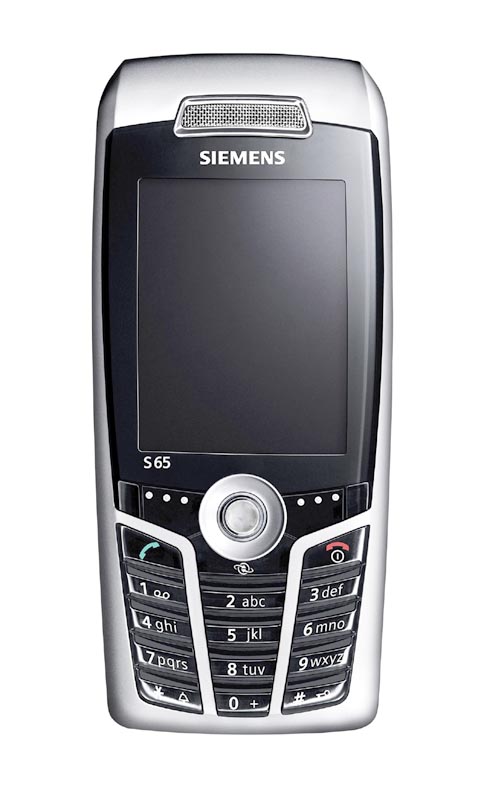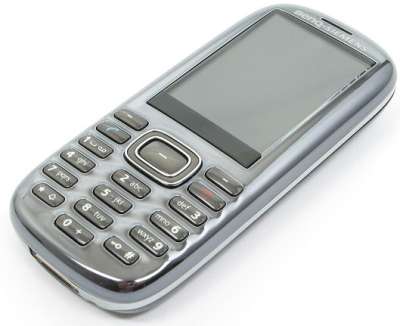|
|
 \ \
Siemens was founded by Werner von Siemens on October 1, 1847, based on the telegraph he had invented that used a needle to point to the sequence of letters, instead of using Morse code. The company – then called Telegraphen-Bauanstalt von Siemens & Halske – opened its first workshop on October 12.
In 1848, the company built the first long-distance telegraph line in Europe; 500 km from Berlin to Frankfurt am Main. In 1850 the founder's younger brother, Sir William Siemens (born Carl Wilhelm Siemens), started to represent the company in London. In the 1850s, the company was involved in building long distance telegraph networks in Russia. In 1855, a company branch headed by another brother, Carl von Siemens, opened in St Petersburg.
In 1881, a Siemens AC Alternator driven by a watermill was used to power the world's first electric street lighting in the town of Godalming, United Kingdom. The company continued to grow and diversified into electric trains and light bulbs. In 1890, the founder retired and left the company to his brother Carl and sons Arnold and Wilhelm. Siemens & Halske (S&H) was incorporated in 1897.
In 1919, S&H and two other companies jointly formed the Osram lightbulb company. A Japanese subsidiary was established in 1923.
During the 1920s and 1930s, S&H started to manufacture radios, television sets, and electron
microscopes.
World War II Era
Before World War II Siemens was involved in the secret rearmament of Germany. During the Second World War, like most big companies in Germany at the time, Siemens supported the Hitler regime, contributed to the war effort and participated in the "Nazification" of the economy. Siemens had many factories in and around famous extermination camps such as Auschwitz and used slave labor from concentration camps to build electric switches for military uses. In one example, almost 100,000 men and women from Auschwitz worked in a Siemens factory inside the extermination camp, supplying the electricity to the camp
Post-war
In the 1950s and from their new base in Bavaria, S&H started to manufacture computers, semiconductor devices, laundry machines, and pacemakers. Siemens AG was incorporated in 1966. The company's first digital telephone exchange was produced in 1980. In 1988 Siemens and GEC acquired the UK defense and technology company Plessey. Plessey's holdings were split, and Siemens took over the avionics, radar and traffic control businesses — as Siemens Plessey.
In 1991, Siemens acquired Nixdorf Computer AG and renamed it Siemens Nixdorf Informationssysteme AG. In 1997 Siemens introduced the first GSM cellular phone with colour display. Also in 1997 Siemens agreed to sell the defence arm of Siemens Plessey to British Aerospace (BAe) and a UK government agency, the Defence Analytical Services Agency (DASA). BAe and DASA acquired the British and German divisions of the operation respectively.[citation needed]
In 1999, Siemens' semiconductor operations were spun off into a new company known as Infineon Technologies. Also, Siemens Nixdorf Informationssysteme AG formed part of Fujitsu Siemens Computers AG in that year. The retail banking technology group became Wincor Nixdorf.
In February 2003, Siemens reopened its office in Kabul.
In 2004, Siemens took over the mantle of official Formula One timekeeper, replacing TAG Heuer.
In November, 2005, Siemens signed a 12 year agreement with the Walt Disney Company to sponsor attractions in its Florida and California parks.
In 2006, Siemens announced the purchase of Bayer Diagnostics, which was incorporated into the Medical Solutions Diagnostics division officially on 1 January 2007.
In March 2007 a Siemens board member was temporarily arrested and accused of illegally financing a business-friendly labour association which competes against the union IG Metall. He has been released on bail. Offices of the labour union and of Siemens have been searched. Siemens denies any
wrongdoing.
In April 2007, the Fixed Networks, Mobile Networks and Carrier Services divisions of Siemens merged with Nokia’s Network Business Group in a 50/50 joint venture, creating a fixed and mobile network company called Nokia Siemens Networks. Nokia delayed the merger[5] due to bribery investigations[6] against Siemens.
Through an American sub-organisation known as the Siemens Foundation, Siemens also devotes funds to rewarding students and AP teachers. One of its main programs is the Siemens Westinghouse Competition in maths, science, and technology, which annually grants scholarships up to US$100,000 to both individual and team entrants. According to the foundation website, Siemens awards a total of nearly US$2 million in scholarship money every
year.
 
|